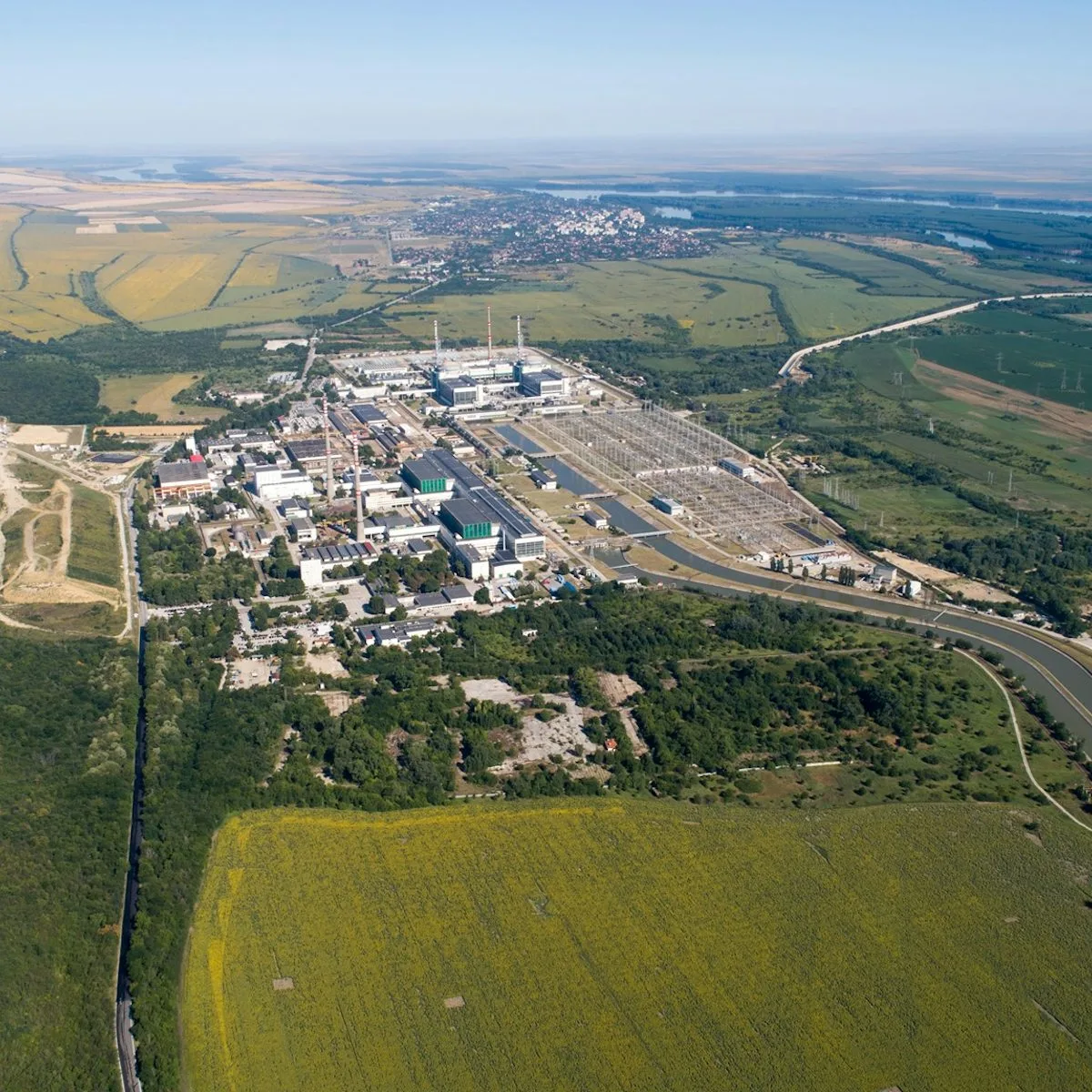Petyo Ivanov tells industry conference ‘we live in some tough times related to costs’.
Negotiations with financial institutions need to be concluded and details of capital expenditure and operational expenditure fixed as Bulgaria lays the groundwork for new nuclear power reactors, a conference has heard.
Petyo Ivanov, chief executive officer of state nuclear project company Kozloduy Nuclear Power Plant New Build (KNPP-NB), told the Bulgarian Atomic Forum (Bulatom) event that every financing model for planned new reactors at the existing Kozloduy nuclear site is “on the table”. This includes contracts for difference (CfD) and power purchase agreements.
“We acknowledge the importance of financing because we recognise that we live in some tough times related to financial costs,” Ivanov said.
He said a financial model give projections for the levelised cost of energy (LCOE) from new reactors and how this would fit into the market. LCOE captures both capital and operating costs that need to be covered. It is essentially the long-term price at which the electricity produced by a power plant will have to be sold for the investor to cover all their costs.
Ivanov warned that “we are experiencing the highest financial costs in the past 20 to 25 years and we did have the expectation that these rates would go down”, potentially leading to lower borrowing costs.
Vince Zabieleski, a partner at UK-based law firm Pillsbury Winthrop Shaw Pittman and a former senior legal counsel at Emirates Nuclear Energy Corporation for the Barakah nuclear station project in the UAE, told the conference that Hinkley Point C in England was financed with CfD, which turned out to be “less than ideal”.
He said EDF, the French state-owned company building the two EPR plants at Hinkley Point C, is “a massive company and it could take on the risk” of a CfD financing arrangement. “But under the CfD, the developer still takes all the risk,” he said.
With a CfD financing model, developers have to finance the entire construction cost of a nuclear project up front, and only begin receiving revenue when the station starts generating electricity.
This model led to the cancellation of potential projects, such as Hitachi’s project at Wylfa Newydd in Wales and Toshiba’s at Moorside in Cumbria, England.
Zabieleski said the CfD model results in about a third of the cost being interest during construction. “So that doesn’t work,” he added.
He said that for Sizewell C, the next planned nuclear project in the UK, there are plans to use the regulated asset base (RAB) model, which he said “actually is probably the best way to go ahead and finance a nuclear power plant”.
He said the RAB model is roughly analogous to the way that the US financed its nuclear fleet through passing the costs on to the eventual customers.
The RAB model model gives a nuclear company the right to a regulated revenue stream throughout the construction, commissioning and operations phase of a new nuclear project. This is funded by a charge placed on electricity suppliers and ultimately comes from consumers through their electricity bills.
Isolating Lenders And Investors From Risk
RAB financing essentially gives private investors greater certainty through a lower and more reliable rate of return in the early stages of a project, lowering the cost of financing it.
“I cannot emphasise how important it is to have the business structure organised in a way that isolates the lenders and the investors from risk,” Zabieleski said.
Bulgaria is planning to build two Westinghouse-supplied AP1000 plants at Kozloduy, but has not yet finalised the details of financing for a project that the American Nuclear Society has said could cost $13bn (€12.1bn). Other reports have said Sofia expects the cost of the two-unit Kozloduy expansion to not exceed $14bn.
In December 2023, the Bulgarian parliament approved a government proposal to inject up to €766m ($833m) into KNPP-NB to fund the initial stages of the project, but this would not include construction.
Valentin Nikolov, chief executive of the Kozloduy nuclear power station, has said that the financing for the first AP1000 unit, which would be Kozloduy-7, is to be primarily sourced from commercial banks, covering 70% of the project, with the Bulgarian government contributing the remaining 30%.
Bulgaria’s energy ministry said recently the US Export-Import Bank (Exim) has said it will start work on the structuring of financing for the project with the aim of meeting a mid-2025 deadline set by parliament.
There are two 1,000-MW Russia-designed VVER units already in operation at Kozloduy – Bulgaria’s only commercial nuclear power station – and four older VVER units that have been permanently shut down.


